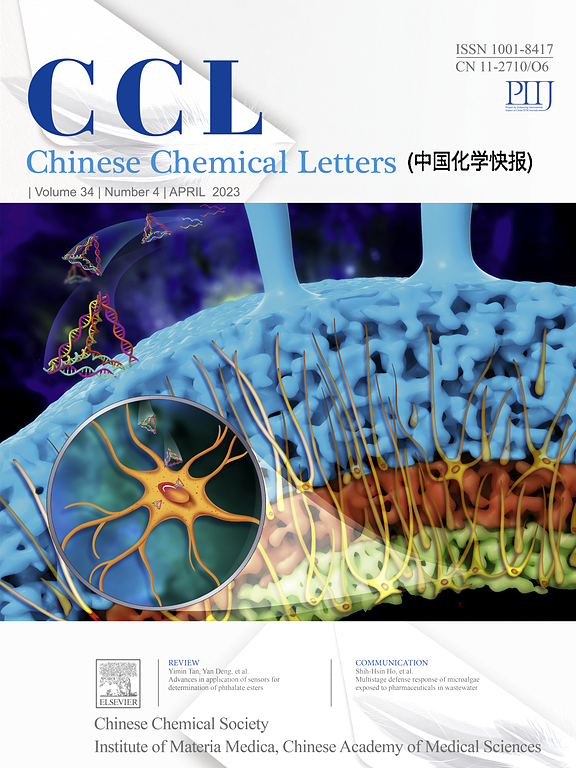Interface engineering of Pt/CeO2-{100} catalysts for enhancing catalytic activity in auto-exhaust carbon particles oxidation
IF 9.4
1区 化学
Q1 CHEMISTRY, MULTIDISCIPLINARY
引用次数: 0
Abstract
Herein, we fabricate an embedding structure at the interface between Pt nanoparticles (NPs) and CeO2-{100} nanocubes with surface defect sites (CeO2-SDS) through quenching and gas bubbling-assisted membrane reduction methods. The in-situ substitution of Pt NPs for atomic-layer Ce lattice significantly increases the amount of reactive oxygen species from 133.68 µmol/g to 199.44 µmol/g. As a result, the distinctive geometric structure of Pt/CeO2-SDS catalyst substantially improves the catalytic activity and stability for soot oxidation compared with the catalyst with no quenching process, i.e., its T50 and TOF values are 332 °C and 2.915 h-1, respectively. Combined with the results of experimental investigations and density functional theory calculations, it is unveiled that the unique embedding structure of Pt/CeO2-SDS catalyst can facilitate significantly electron transfer from Pt to the CeO2-{100} support, and induce the formation of interfacial [Ce-Ox-Pt2] bond chains, which plays a crucial role in enhancing the key step of soot oxidation through the dual activation of surface lattice oxygen and molecular O2. Such a fundamental revelation of the interfacial electronic transmission and corresponding modification strategy contributes a novel opportunity to develop high-efficient and stable noble metal catalysts at the atomic level.
铂/CeO2-{100}催化剂的界面工程以提高汽车尾气碳颗粒氧化的催化活性
在此,我们通过淬火法和气泡辅助膜还原法在铂纳米粒子(NPs)和具有表面缺陷位点的 CeO2-{100} 纳米立方体(CeO2-SDS)之间的界面上制造了一种嵌入结构。原子层 Ce 晶格原位取代铂 NPs 后,活性氧的含量从 133.68 µmol/g 显著增加到 199.44 µmol/g。因此,与没有淬火过程的催化剂相比,Pt/CeO2-SDS 催化剂独特的几何结构大大提高了烟尘氧化的催化活性和稳定性,即其 T50 值和 TOF 值分别为 332 °C 和 2.915 h-1。结合实验研究和密度泛函理论计算的结果,揭示了 Pt/CeO2-SDS 催化剂独特的嵌入结构能显著促进电子从 Pt 向 CeO2-{100} 载体转移,并诱导形成界面 [Ce-Ox-Pt2] 键链,通过表面晶格氧和分子 O2 的双重活化,在增强烟尘氧化的关键步骤中发挥了至关重要的作用。从根本上揭示了界面电子传输和相应的改性策略,为在原子水平上开发高效稳定的贵金属催化剂提供了新的机遇。
本文章由计算机程序翻译,如有差异,请以英文原文为准。
求助全文
约1分钟内获得全文
求助全文
来源期刊

Chinese Chemical Letters
化学-化学综合
CiteScore
14.10
自引率
15.40%
发文量
8969
审稿时长
1.6 months
期刊介绍:
Chinese Chemical Letters (CCL) (ISSN 1001-8417) was founded in July 1990. The journal publishes preliminary accounts in the whole field of chemistry, including inorganic chemistry, organic chemistry, analytical chemistry, physical chemistry, polymer chemistry, applied chemistry, etc.Chinese Chemical Letters does not accept articles previously published or scheduled to be published. To verify originality, your article may be checked by the originality detection service CrossCheck.
 求助内容:
求助内容: 应助结果提醒方式:
应助结果提醒方式:


